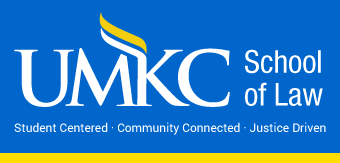Publication Date
2018
Document Type
Article
Abstract
Follow-on pharmaceutical innovation occurring after the initial discovery of a drug active ingredient plays a very important, but at times under-appreciated, role in providing innovative solutions to compelling medical needs. Examples of follow-on innovation include new forms of a drug with improved safety-efficacy profiles, new formulations and dosages providing improved patient outcomes, and new methods of using an established drug more safely or to treat new indications. Patents play a critical role in incentivizing the research, development, testing, and ultimately commercialization of follow-on pharmaceutical innovation, and in doing so provide substantial benefits for public health and patients’ quality of life. There is, however, a body of literature characterizing patents directed towards follow-on innovations as “secondary pharmaceutical patents”. Some have even gone so far as to propose that the criteria for patentability should be enforced more stringently with respect to follow-on pharmaceutical inventions as compared to other inventions. The underlying assumption of such proposals is that follow-on pharmaceutical innovations are somehow secondary to other pharmaceutical innovation, and thus less deserving of patent protection. In this article, we refute the notion that follow-on pharmaceutical innovation should be categorically singled out for unfavorable treatment under the patent laws, and provide numerous examples of the value that follow-on innovation brings to medicine, and ultimately to patients. We also propose, in view of the minimum standards of patentability required by international treaties including the WTO Agreement on Trade-Related Aspects of Intellectual Property Rights (“TRIPS Agreement”), standards and best practices for assessing the patentability of inventions arising out of follow-on pharmaceutical innovation. These are essentially the same stringent standards applicable to “primary” pharmaceutical innovation, and inventions in general. This article provides numerous examples from jurisdictions around the world in which patent offices and courts have applied the well-recognized requirements of patentability, including patent eligibility, novelty, inventive step and industrial application, to follow-on pharmaceutical inventions, and in so doing have advanced innovation in public health and ultimately the lives of patients.
Publication Title
Biotechnology Law Report
Volume
37
Issue
3
Recommended Citation
Christopher M. Holman, Timo Minssen & Eric M. Solovy,
Patentability Standards for Follow-On Pharmaceutical Innovation,
37
Biotechnology Law Report
131
(2018).
Available at:
https://irlaw.umkc.edu/faculty_works/396

